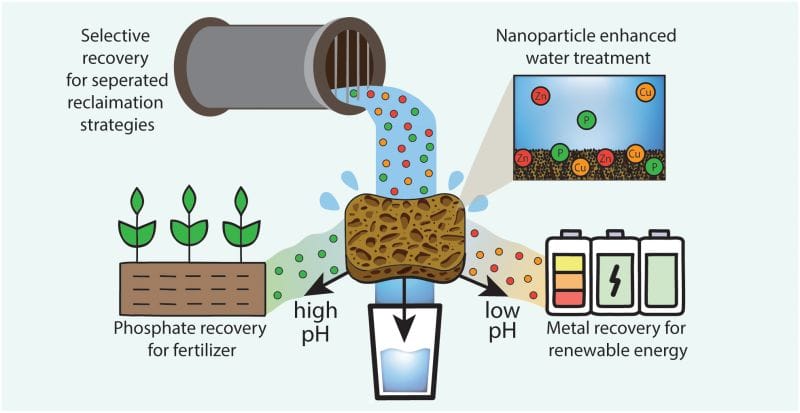RSS Feed Source: Academic Keys
School of Electrical and Electronic Engineering is one of the founding Schools of the Nanyang Technological University. Built on a culture of excellence, the School is renowned for its high academic standards and research. With over 3,000 undergraduates students and 2,000 graduate students it is one of the largest EEE schools in the world and ranks 4th in the field of Electrical & Electronic Engineering in the 2025 QS World University Rankings by Subjects.
Today, the School has become one of the world’s largest engineering schools that nurtures competent engineers and researchers. Each year, the School graduates over a thousand students who are ready to take on great ambitions and challenges.
For more details, please view: https://www.ntu.edu.sg/eee
The Centre for Integrated Circuits and Systems (CICS) at the School of EEE is a globally recognized IC research hub with advanced EDA tools and measurement facilities.
Click this link to continue reading the article on the source website.


